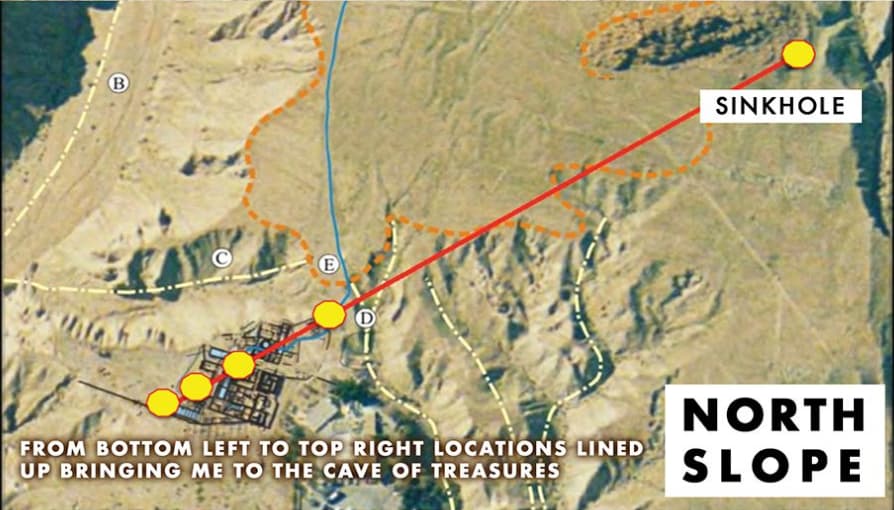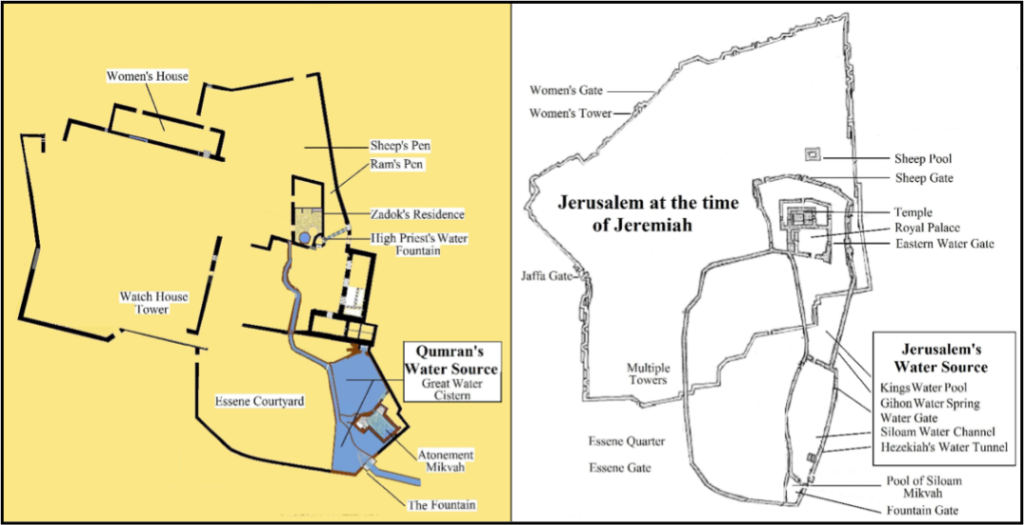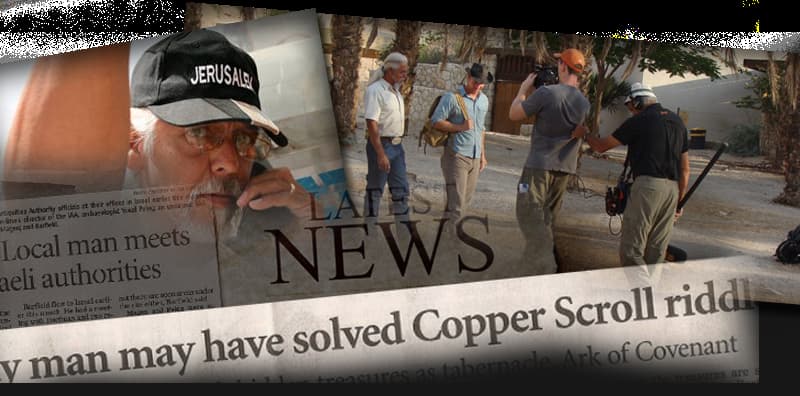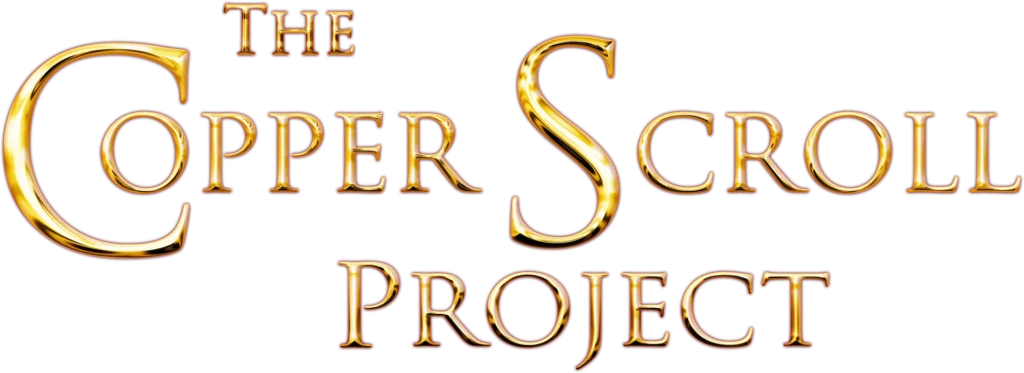Emeq HaMelek
Written in the 17th Century, this document gives a detailed account of the creation of the Copper Scroll, listing the men who tapped each letter into the metal document and the treasures to be found.
“These Mishnayot (Records) were written by five righteous men… They concealed the vessels of the Temple and the wealth of the treasures that were in Jerusalem which will not be discovered until the day of the coming of Mashiach…”
The Copper Scroll
Unlike any other Dead Sea Scroll, this unique document was hammered into copper sheets and riveted together—a testament to the importance of its contents.
The scroll contains precise measurements and locations pointing to hidden treasures of immense historical and religious significance.
II Macabees
The second chapter tells the story of Jeremiah instructing the Babylonian captives not to let the law depart from them during their 70-year exile.
It describes Jeremiah hiding the Tabernacle of Moses, the Altar of Incense, and the Ark of the Covenant in a “sealed” cave on a common route passing Qumran headed to Mt. Nebo—described the same as in the Copper Scroll.
The Marble Tablet
Found in the Tomb of Ezekiel in Iraq with the Tablets that contain the book of Ezekiel, this marble tablet tells a similar story about the Copper Scroll and its treasures.
The tablet confirms the names of the same five writers mentioned in Emeq HaMelek, providing independent verification of this extraordinary historical account.
The Apocalypse of Baruch
Although written in a mystical format, it tells of five angels hiding the treasures of Israel in the ground during the time of the Babylonian siege.
The artifacts listed include the Tabernacle and its holy vessels, the 48 Precious Stones adorning the priest, the Altar of Incense, the Veil and the Ark of the Covenant.
A Mirror of Jerusalem
The ancient settlement of Qumran was deliberately designed to mirror the layout of Jerusalem’s Temple Mount. This remarkable architectural parallel suggests that Qumran served as more than just a settlement—it was a carefully planned repository for the Temple’s most sacred treasures.
The mirroring of Jerusalem’s sacred architecture in Qumran’s layout provides a crucial key to understanding the locations described in the Copper Scroll.

Red, Orange, Blue = Non-Ferrous Metals
Green = Ferrous Metals
Scientific Verification
Under the supervision of Israeli Knesset Deputy Speaker Moshe Feiglin, powerful metal detector scans were conducted at four key locations around Qumran’s ancient ruins.
Location 37
Under the supervision of Israeli Knesset Deputy Speaker Moshe Feiglin, powerful metal detector scans were conducted at four key locations around Qumran’s ancient ruins.
Locations L1, L10, and L11
All scans indicate substantial deposits of both ferrous and non-ferrous metals, precisely matching the Copper Scroll’s descriptions.

A Pattern Emerges
The five identified locations form a precise geometric alignment, pointing directly to a significant geological feature—a sinkhole that may hold the key to unlocking this ancient mystery.
The Magnitude of Discovery
The convergence of ancient texts, modern technology, and archaeological evidence points to what could be the most significant archaeological discovery in history.
With the support of the Israeli government, we are preparing to begin excavation in the coming months. Your support can help make this historic discovery a reality.
LEARN MORE



LATEST UPDATES


